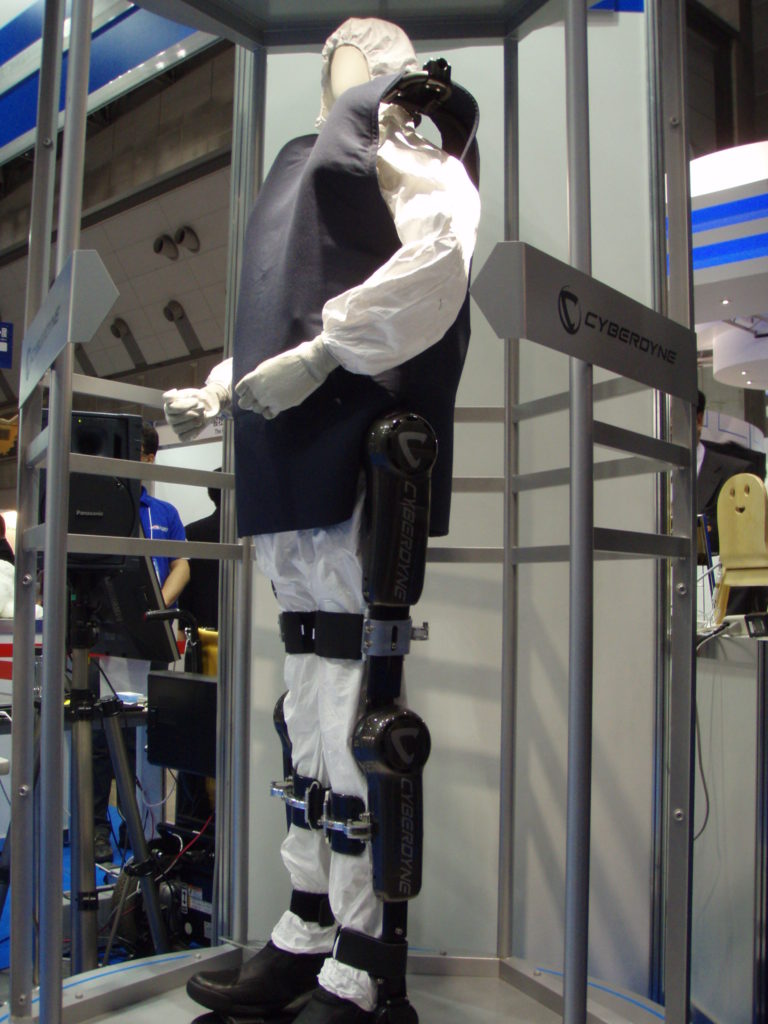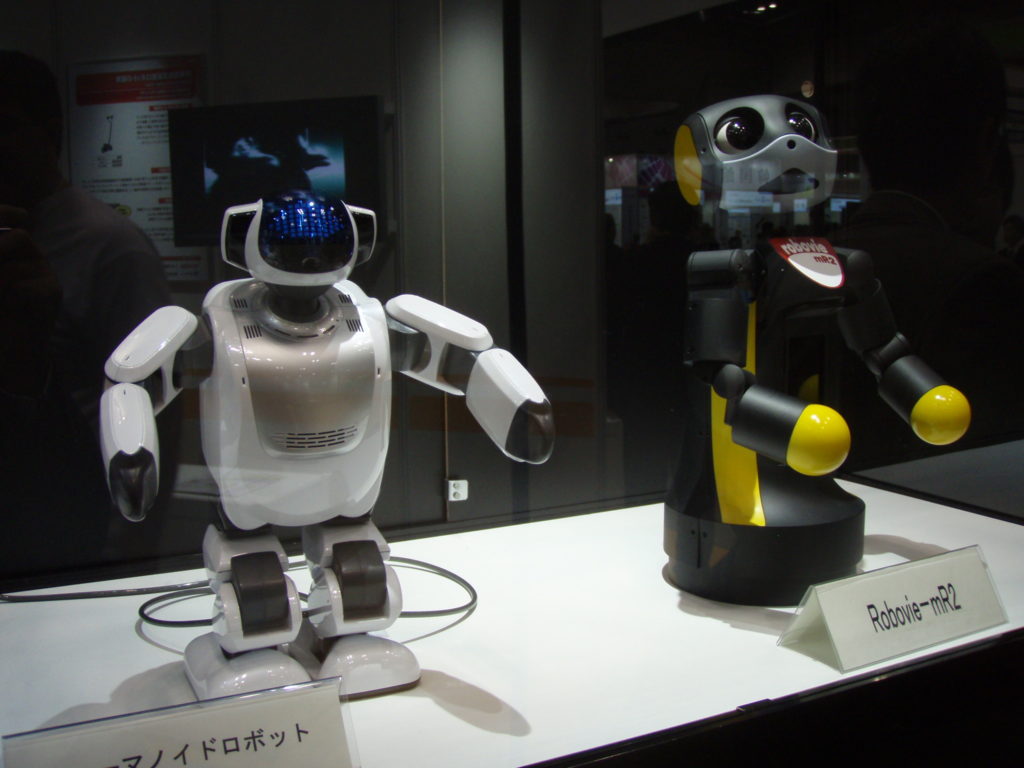Japan's Elderly Care Business Using Technology
CONTENTS
Using Technology for Japan's Elderly Care Business
By Ryoji Shimada, staff writer
Japan Moving Toward Promoting Nursing Robots for Elderly
In rapidly aging Japan, efforts are accelerating to make more practical and affordable robots for helping the elderly perform daily tasks to cope with a projected future shortage of caregivers.
Prime Minister Shinzo Abe’s government has allocated 2.39 billion yen ($23.9 million) in the budget for fiscal 2013 to help develop nursing care robots and spread their use.
The Ministry of Economy, Trade and Industry chose last month 24 companies that will receive subsidies covering half to two-thirds of the cost of developing what it calls “nursing care robot equipment.”
The tasks designated for such robots include helping the elderly move between rooms, providing help with toilet needs and tracking those prone to wandering.
The number of people aged 65 or older in Japan is expected to increase by about 7.09 million over the 15 years from 2010, with the percentage of the elderly in the overall population rising from 23 percent to 30 percent during that period, the government estimates.
It forecasts around 2.32 million to 2.44 million caregivers will be necessary, up more than 1.5 times from the 2010 level.
Robots can be a solution to the shortage of care workers in Japan
But the elderly care industry is suffering from a high job turnover rate due partly to relatively low pay. In addition, about 70 percent of caregivers are said to be suffering from back pains due to constant lifting of the elderly between bed and wheelchairs as well as helping them take baths and do other daily activities, the government said.
Robots can be “one of the few solutions” to this situation, said Akifumi Kitashima, deputy director of the industry ministry’s industrial machinery division in charge of the project.
“We aim to realize mass marketing of cheap robots costing 100,000 yen to 200,000 yen (about $1,000 to $2,000), no matter whether they look like a typical humanoid robot,” Kitashima said.
He noted that high prices have been an obstacle to the robots’ introduction in elderly care facilities, with some sophisticated robots costing over 10 million yen (about $100,000).
“By 2018, the lineup (of nursing robots to be developed under the project) should increase to a significant volume and people will be able to buy them,” he said. “We aim to achieve a situation where every senior citizen’s home or one in three to four houses have at least one unit.”
Companies to receive the subsidies include Toyota Motor Corp. for its development of a device to help carry the elderly, as well as Sekisui Hometechno Co., working on a mobile flush lavatory, and Toli Corp. with a wireless sensor mat that can report the wandering of the aged.
The government will also set a safety standard for nursing care robots so that manufacturers will have a clear idea of the safety level their products will be required to achieve.
“I find them very effective,” Akira Kobayashi, the head of Fuyouen senior citizens’ home in Yokohama, Kanagawa Prefecture, said, referring to the Palro humanoid robot and Paro seal-type therapy robot. They are leased free of charge under another project initiated by the Kanagawa prefectural government to promote the use of nursing robots.

HAL developed by CYBERDYNE INC. in Japan 
Palro (left) manufactured by FUJISOFT Inc.
The prefectural government began leasing the robots to the nursing home last year. It also leases a powered exoskeleton suit called HAL for assisting wearers to walk and perform other activities to a hospital in Kanagawa to help rehabilitation programs.
At the Fuyouen home for the aged, the 40-centimeter tall Palro conversation robot offers recreation services to residents, by playing games, singing and dancing together with the elderly.
“He knows everything very well. I learned a lot from him,” Tsugie Nakanishi, 88, said, referring to quizzes the robot gives. The robot can understand spoken words, and told Nakanishi that her answer was wrong while explaining the right answer.
A 92-year-old resident, Yukiko Kanesaka, told the baby seal-like Paro, “You’re so cute, look at me,” and the interactive robot responded as if it was alive, moving its head and legs, blinking its eyes and squealing.
Caregivers at the facility said their residents accepted the robots more easily than expected, with the robots having positive psychological effects on the residents, sometimes bringing smiles to the faces of even the mentally depressed.
The warmth of physical contact can never be replaced by robots, but
In addition to such communication-type robots, Kobayashi expressed hope for the future development of more practical robots that can actually reduce caregivers’ physical burdens, such as by helping lift the elderly.
“I think people’s hearts, caring, and the warmth of physical contact can never be replaced by robots,” said Kobayashi. “But with many in the nursing care industry suffering from back pain, I am hoping that robots will be developed eventually so that they can ease such problems and enable them to work longer.”
In another development in the private sector, Orix Living Corp., an operator of elderly homes, began talks with some manufacturers to jointly develop nursing robots after offering tours of its facilities.
The government projects the Japanese market for nursing care robot equipment will expand from an estimated 16.7 billion yen ($167 million) in 2015 to 404.3 billion yen ($4.04 billion) in 2035.
Yumi Wada, a caregiver at Fuyouen, said, “If robots will be developed while giving thorough consideration as to how to have them collaborate with human beings, I think there is a possibility that they can widen the scope of nursing care services we can offer.”
Related articles: "Japan as the World’s Most Rapidly Aging Society (1) Elderly Business"; "Japan as the World’s Most Rapidly Aging Society (2) Employment"; "Japan as the World’s Most Rapidly Aging Society (3) Elderly Care Business"



2 thoughts on “Japan's Elderly Care Business Using Technology”